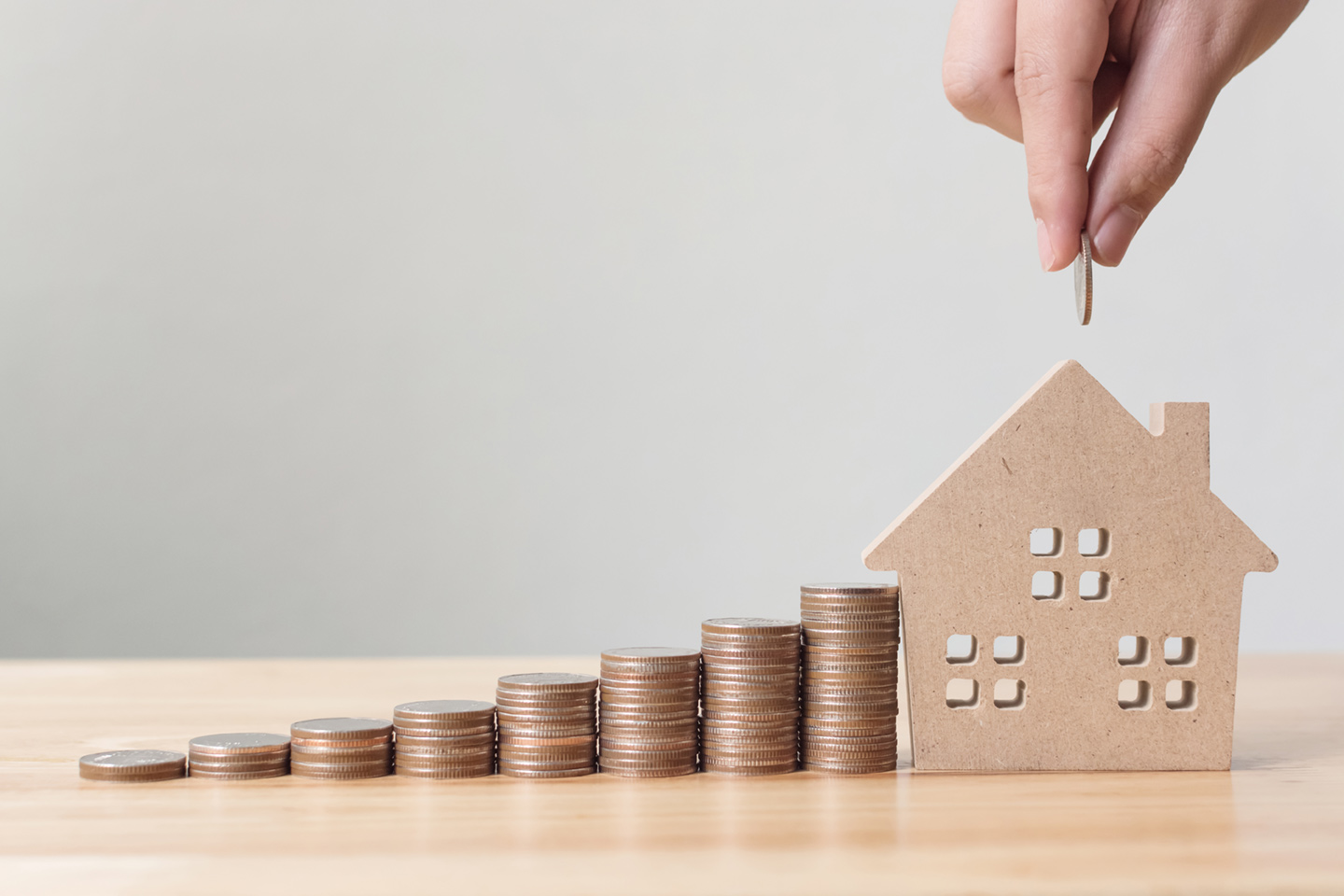Mortgage rates fluctuate all day, every day, so it can be difficult for potential homeowners to determine the best time to lock in a rate. However, there are some consistent factors that drive interest rates up or down. Considering these factors when going through the home loan process can help to clear up the confusion.
Vantage, an internal customer-relationship management and marketing platform, has outlined the six main factors that drive home loan rates. They are as follows.
1. Economic Data:
Mortgage rates rise when non-farm payrolls are higher than expected, unemployment rates go down and better-than-expected economic data is reported. They decrease when job data is stagnant or declining, manufacturing is stagnant or slowing, and housing is weaker than expected. The most important source for economic indicators is the Employment Report. It is released by the Bureau of Labor Statistics on the first Friday of every month.
2. Inflationary Pressure:
Higher consumer price index, wholesale prices and hourly earnings cause an increase in mortgage rates. On the flip side, lower consumer prices, wholesale prices and hourly earnings decrease rates. A general rule of thumb is that good news for the economy is typically bad news for interest rates.
3. Stock Market:
When the stock market rises, mortgage rates go up, and when it declines, mortgage rates go down. It’s as simple as that. This inverse relationship is due to money moving out of bonds when the market is doing well. This prices to drop and interest rates to increase.
4. The Federal Reserve:
Mortgage rate increases are caused by cash being pulled out of the monetary system, which is a sign that inflation is occurring or anticipated by the Fed. When money is added to the system, a more relaxed credit environment is created in an attempt to stimulate the economy through borrowing and expansion. Basically, the Fed works to keep inflation under control by managing the flow of cash through the economy.
5. Geo-Politics:
The state of the world can significantly affect rates. They go up when tensions ease and world markets improve. They go down in times of crisis and sinking economies. The U.S. market is generally thought of as a safe haven for investors when there are global crises due to its stability.
6. Other Global Events:
What’s good for the world is typically not very good for bonds except when investors are attracted to the U.S. market for stability. These investments create a favorable environment for interest rates. They rise when there are few catastrophic events in the world. They decline during instability due to hurricanes, typhoons, tsunamis and earthquakes.
When you work together with a mortgage professional, it’s much easier to determine the best time to lock in your home loan rate. But when you’re on the fence about whether or not to buy, consider these six main factors that affect rates.
About the Author
Richie Sloan offers personalized, concierge-level service as a senior mortgage banker at IberiaBank Mortgage. He has served Central Floridians as an expert residential mortgage lending resource and trusted advisor since 2000.




Comments